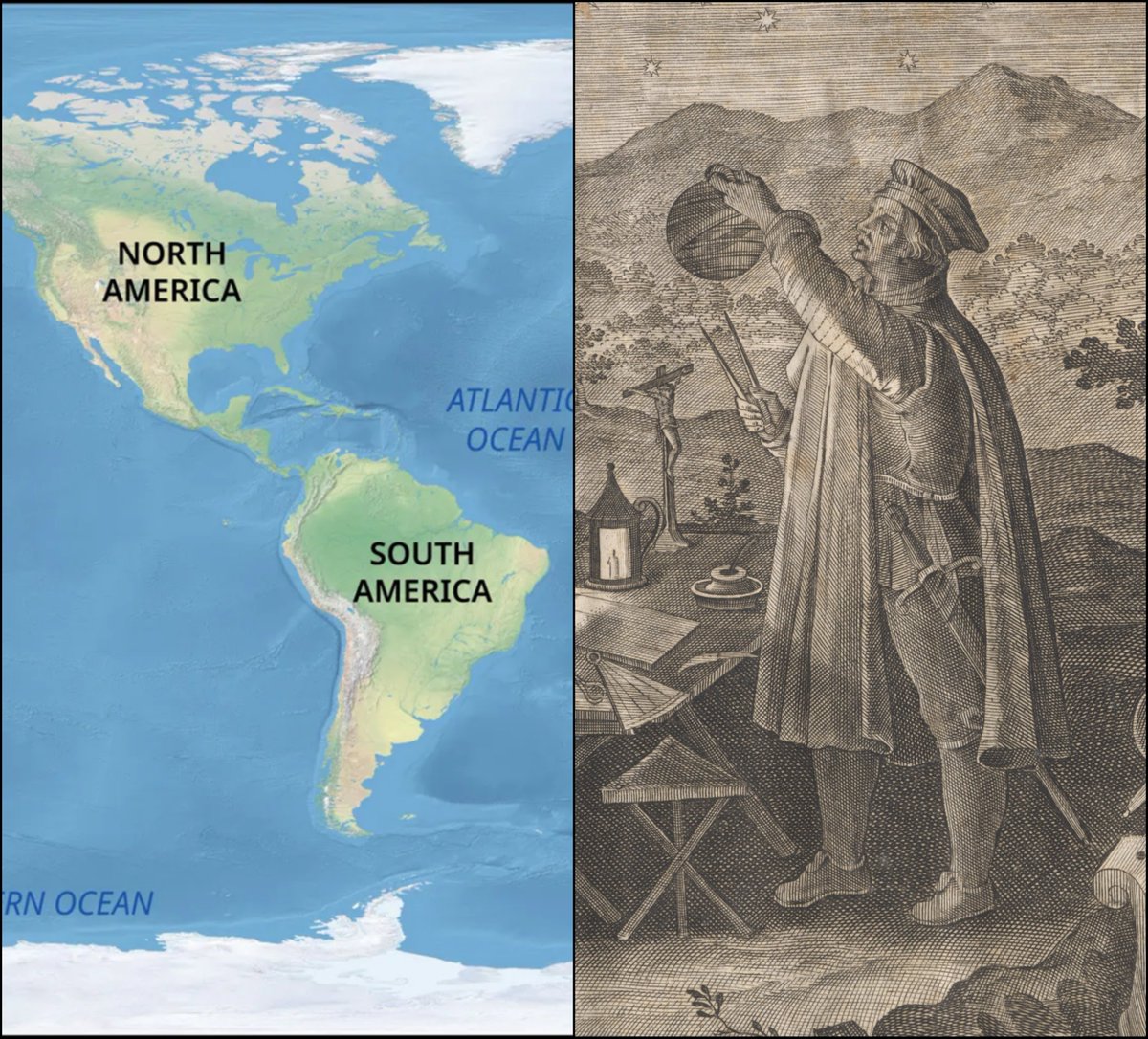
How to get URL link on X (Twitter) App


 Not all interiors look like this, but too many do, and more all the time.
Not all interiors look like this, but too many do, and more all the time.

 Buckingham Palace, despite being one of the world's most famous and visited buildings, is essentially quite boring and uninspiring from the outside.
Buckingham Palace, despite being one of the world's most famous and visited buildings, is essentially quite boring and uninspiring from the outside.

 These old water towers are an architectural subgenre of their own.
These old water towers are an architectural subgenre of their own.

 To understand what any society truly believed, and how they felt about humankind, you need to look at what they created rather than what they said.
To understand what any society truly believed, and how they felt about humankind, you need to look at what they created rather than what they said.
 Vilnius has one of the world's best-preserved Medieval old towns.
Vilnius has one of the world's best-preserved Medieval old towns.

 What makes Barcelona such a beautiful city? It wasn't an accident — this is the story of how the modern, beloved Barcelona was consciously created:
What makes Barcelona such a beautiful city? It wasn't an accident — this is the story of how the modern, beloved Barcelona was consciously created:https://x.com/culturaltutor/status/1650333346965192705


 The year is 1881.
The year is 1881.

 There have been many great American painters.
There have been many great American painters.

 1. Bonaparte at the Pont d'Arcole by Antoine-Jean Gros (1796)
1. Bonaparte at the Pont d'Arcole by Antoine-Jean Gros (1796)

 The first impression anybody has when they see St Peter's Basilica in Rome, in real life or in a photo, is awe.
The first impression anybody has when they see St Peter's Basilica in Rome, in real life or in a photo, is awe.

 Where did the Sistine Chapel get its name?
Where did the Sistine Chapel get its name?

 If you want to understand Neo-Gothic Architecture then the best place to begin is with something like Hohenzollern.
If you want to understand Neo-Gothic Architecture then the best place to begin is with something like Hohenzollern.

 In the 1870s the Impressionists, led by Claude Monet, burst onto the French art scene.
In the 1870s the Impressionists, led by Claude Monet, burst onto the French art scene.

 Water management was (and remains) one of the biggest challenges for any society.
Water management was (and remains) one of the biggest challenges for any society.
 The Eiffel Tower was started in 1887 and finished two years later, on 31 March 1889.
The Eiffel Tower was started in 1887 and finished two years later, on 31 March 1889.

 The Ranganathaswamy Temple in Tiruchirappalli, India, has a history going back centuries.
The Ranganathaswamy Temple in Tiruchirappalli, India, has a history going back centuries.

 As with the other continents, it isn't completely clear how the Americas got their name.
As with the other continents, it isn't completely clear how the Americas got their name.

 During the 19th century architecture, art, and design were all about the past.
During the 19th century architecture, art, and design were all about the past.

 First — where is it?
First — where is it?

 During the 1890s there was an artistic and architectural revolution in Europe: Art Nouveau.
During the 1890s there was an artistic and architectural revolution in Europe: Art Nouveau.

 Grant Wood was born in 1891 in rural Iowa; ten years later the family moved to Cedar Rapids.
Grant Wood was born in 1891 in rural Iowa; ten years later the family moved to Cedar Rapids.